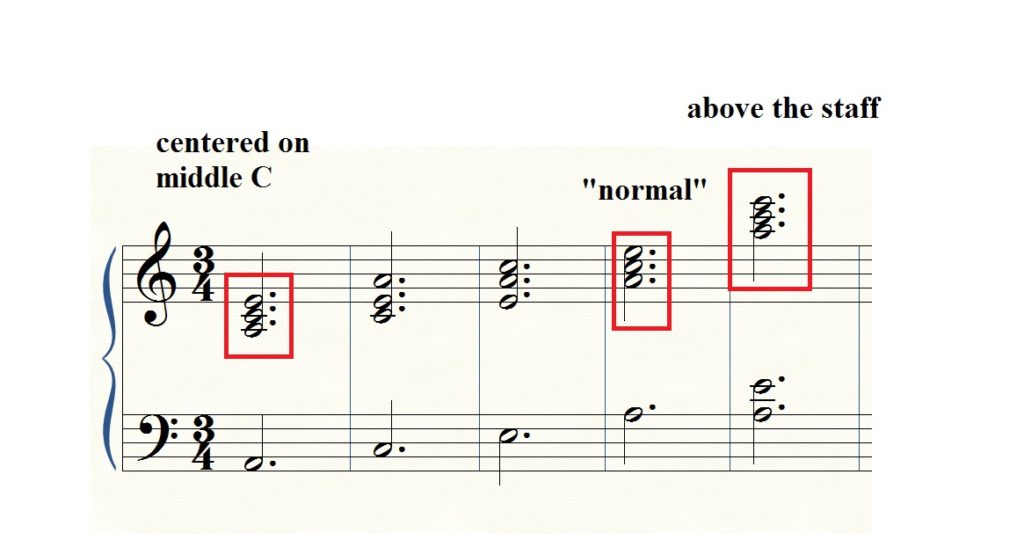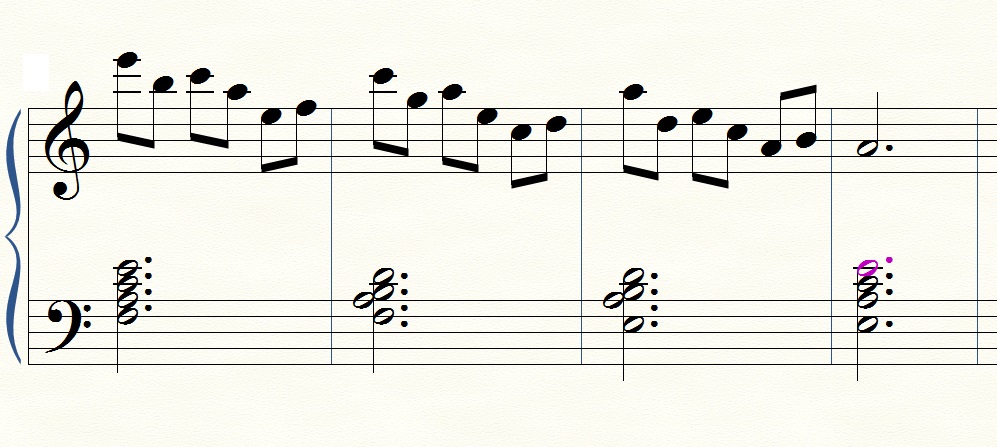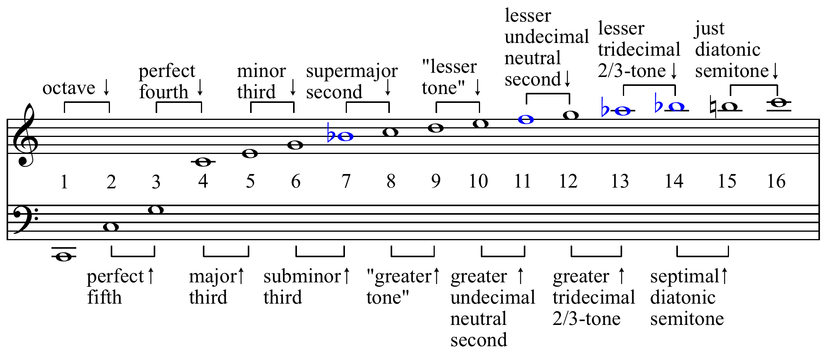Chromatic Neighbor Embellishment — Could be the title of a track on a Prog album?
embellishments — add color or sense of motion to main note
Neighbor motion — goes to one of the notes on either side, then comes back
chromatic neighbor motion — moves a semitone. Might not be in the key
Chromatic embellishments of cheerful major key melodies are part of the musical identity of Mario games
not just melody but also harmony and bass notes move like this
Note — these early games had limited polyphony because of sound board. Spells out a chord with root, 5th, and melody note is the 3rd of the chord. If revoiced, the interval between the top notes would be a third. Koji Kondo in interviews said he wanted to use interval of a 6th because it sounds fuller. So — three note spread voice chord, with root on the bottom — means the 3rd has to be on top.
Melody E, Eb, F, E is called Double Neighbor Embellishment; later there’s a chromatic passing note in a run





